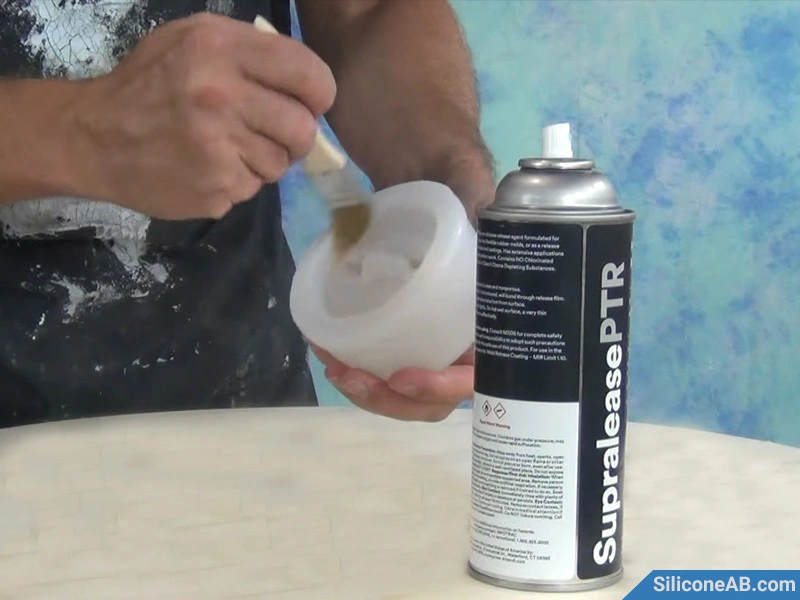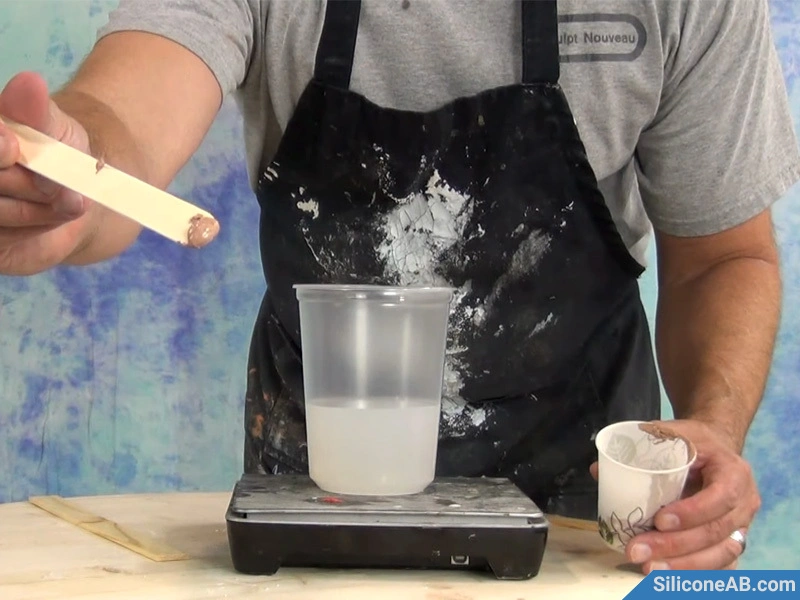Silicone that mimics human skin is an ideal material for special effects props, widely used in medical and special effects makeup fields. This article will explain how to cast prosthetic ears using silicone molds, detailing each step from preparation to the final product. It will offer useful tips and suggestions to help you master this technique.
Tools and Materials
- Silicone ear mold
- Life casting silicone
- Silicone pigment
- Release agent
- Brush
- Electronic scale
- Mixing tools
Step 1: Prepare the Silicone Mold
First, create an ear prototype, which can be done through sculpting, 3D printing, or other methods. Then, pour silicone to create a silicone mold. Ensure that you use addition-cure silicone materials to make the mold, as life casting silicone is platinum-cured and condensation-cured silicone will inhibit its curing process.
Step 2: Apply Release Agent
This is a crucial step. To prevent the poured silicone from sticking to the mold, apply a layer of release agent to the inner surface of the silicone mold. Use a brush to ensure that all detailed areas are covered, as incomplete coverage can make demolding difficult and cause silicone tearing.
Step 3: Mix the Silicone
According to the instructions for the life casting silicone materials, mix the silicone in a 1A:1B ratio until well combined. For a more realistic effect, it is recommended to add skin-tone pigment and mix thoroughly.
Step 4: Pour the Silicone
Carefully pour the mixed human body silicone into the silicone mold, ensuring all details are filled. Gently vibrate the mold to eliminate air bubbles.
Step 5: Cure the Silicone
Allow the silicone to fully cure, which typically takes 3-5 hours depending on the brand of silicone and the ambient temperature.
Step 6: Demold
Once the silicone is completely cured, carefully remove the silicone prosthetic ear from the mold, taking care to avoid damaging the details.
The process of casting prosthetic ears using silicone molds requires meticulous attention and patience. From mold creation to casting and post-processing, each step needs to be carefully controlled. By following the steps outlined in this article, you can master this technique and produce highly realistic silicone prosthetic ears.






